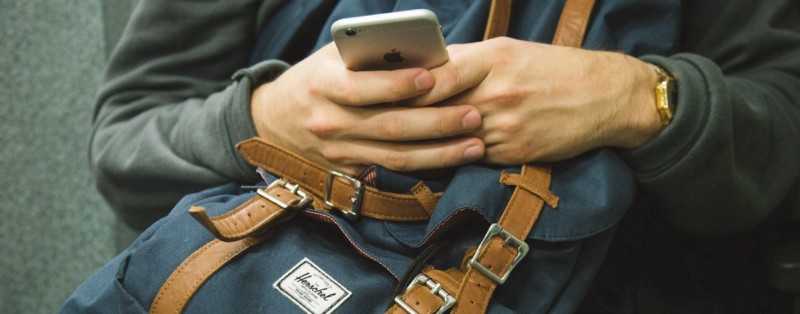Mobile shopping first emerged in 1997. Ten years later, in 2007, we were introduced to the original iPhone. This year (2016) Mobile traffic finally surpassed desktop traffic for online shopping sites.
We’ve seen it first hand with one of our clients. In 2014, mobile traffic accounted for 27% of all traffic to their online ordering system. In 2016, that number rose to 51%.
Sadly, it is still frustrating buying an item on your phone, so most shoppers don’t bother. Some come back and buy using their desktop device, others never come back.
Most of the frustration can be attributed to bad user experience. Too much content on a single page, resulting in slow pages and confused users is perhaps the biggest offender. The second biggest issue is requiring too many fields to fill out, it can be annoying on desktop, but a sure deal breaker on mobile. Finally providing a fluid navigation and search that feel more like a high quality app then a couple of linked together webpages goes a long way.
Unfortunately, the most popular e-commece platforms today were created before smartphones came to be. Shopify started in 2006 and Magento was first released in 2008. Mobile was not a design consideration at the time and like it or not this legacy can still be seen today. Luckily with open APIs and a new wave of platforms coming hope is on the horizon.
New technologies like Apple Pay and Android Pay, Chatbots and Machine learning promise to help make completing a purchase a lot faster. Other technologies like Single Page Applications, Progressive Web Apps and Mobile First Design will help developers create e-commerce website that feel like a native app rather than a janky website.
Lets explore these concepts based on their relative impact so that your company can make 2017 the year of mobile sales.
Apple Pay and Android Pay allow customers to pay using credit card information already stored on the device. This saves the user from having to type information on a small screen and increase conversions like nothing else. Apple Pay in particular has high conversion as users can use TouchID to scan their fingerprint and pay without even entering a password. If there is one thing you should implement in your store in 2017 it is Apple Pay.
Mobile First Design is the idea of targeting mobile devices at the start of the design process. Focusing on the small screen first requires radically simplifying the experience by dropping less important items. This leads to more minimalistic design, making it easier for the user to accomplish their task. In the e-commerce world that task would be buying the right product for them. Reducing the number of options also helps. Consider giving the user only a handful of options to help them make a quick decision, instead of 10 packages offer 3. Reevaluating the product offering is a great way to improve the buying experience as a whole. Remember, keep it simple.
Single Page Applications allow us to create an app-like user experience with fast and smooth transitions between screens with no page reloads. We can even package SPAs and deliver them as mobile apps for download on the app store or android play store. New advances in Javascript frameworks like Facebook’s React.js allow us to build custom front-ends faster than ever and deliver an incredible user experience. This has only became possible within the last 2 years. None of the platforms out there support this yet, but we can still take advantage of it by leveraging the API they offer and building a custom application.
Progressive web apps are an extension of Single Page Applications, they allow the browser to determine what websites are used often and download them as apps onto your phone. This avoids the need of going to the app store and downloading the app. Avoiding this friction means your app will be downloaded more times and the user would be able to use it faster than ever. There would be no need to load the entire website again, it will simply be stored on the phone as an app. So far, Android is the only platform that supports this. FlipKart is a great example of a SPA that is also a progressive web app, whereas amazon offers a more traditional mobile web experience.
Machine Learning allows us to show the customer more of the products they want and less of the ones they don’t. Any good salesman knows the key to closing a sale is listening to the customer and offering them what is right for them. It doesn’t have to be a complicated either, for example we can use Google Vision API to recommend products with matching colors to up-sell to users. If you are offering a printing service and allow users to upload their own photos we can automatically analyze the photo to see which frame would complement it and show it as an option.
Finally Chatbots offer another form of interface to purchase items. They mimic a sales clerk in a traditional retail shop helping the customers find what they need by asking them the right questions. There are already some powerful bots out there, but they are far from perfect. Perhaps in 2020. Why not offer a chat with a person to help them find what they need?
In conclusion, at Nano 3 Labs we are excited about the future of online purchasing in 2017 and hope you are too. It is our goal to improve the experience of online shopping and make it fun again. We will be doing more research before the year ends, so stay tuned for more in-depth exploration.
Did we miss anything? Are there other things that excite you about for the future of mobile commerce? Leave a comment below or contact us, we live for this stuff!

